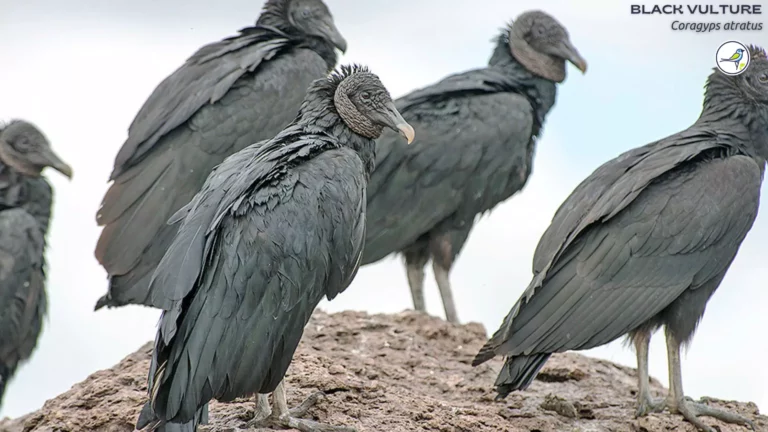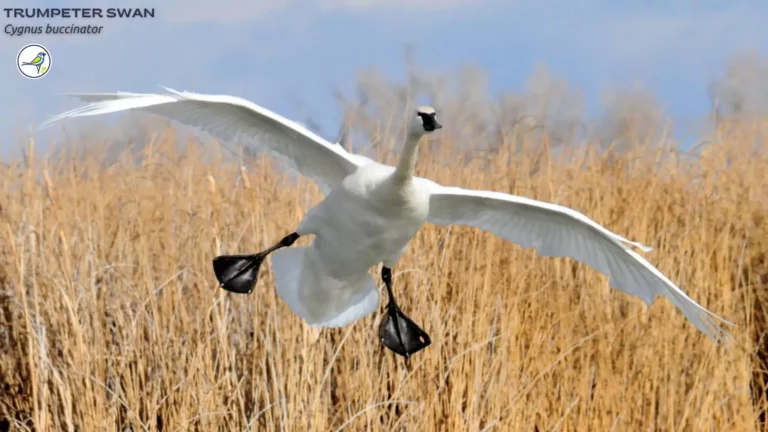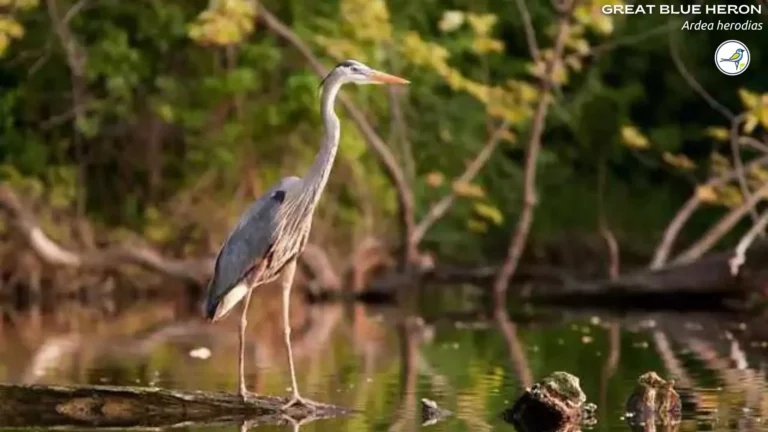Kakapo: Everything You Need to Know!
Strigops habroptilus
The Kakapo, known scientifically as Strigops habroptilus, is one of the world’s most distinctive and captivating parrot species. Also referred to as the night parrot, owl parrot, or simply the Kakapo, this critically endangered bird is native to New Zealand and holds a unique place in the world of ornithology. The Kakapo is not only known for its endearing appearance but also for its remarkable story of survival, struggle, and conservation.


Appearance and Size
Kakapos are large, nocturnal parrots with a distinct appearance. They have moss-green plumage mottled with earthy browns, which provides excellent camouflage in the forest undergrowth. Their feathers are remarkably soft, resembling the texture of moss, giving them the nickname “owl parrot.” These birds have a robust body, short wings, and a relatively short tail. Their face is framed by striking facial disc feathers, akin to those of owls, which enhances their distinctive charm. On average, adult Kakapos can weigh between 2-4 kilograms (4.4-8.8 pounds), making them one of the heaviest parrot species globally.
Range and Habitat
Historically, Kakapos were found throughout New Zealand, but due to extensive habitat destruction and predation, they are now confined to a few offshore islands. Their range has been significantly reduced over the years, and they are presently limited to predator-free sanctuaries like Codfish Island (Whenua Hou) and Anchor Island. These islands provide a safe haven for Kakapos to thrive, far away from the threats that led to their decline on the mainland.
Song and Vocalization
The Kakapo is renowned for its unusual vocalizations, which include a variety of sounds such as chings, chings, growls, and high-pitched “booms.” These booming calls can carry for several kilometers and are often used by males during the breeding season to attract females. Each male Kakapo has a unique boom, which helps females identify potential mates. This distinctive vocal repertoire has endeared the Kakapo to researchers and conservationists and contributed to their iconic status.
Breeding and Nesting
Kakapos are known for their unique and lengthy breeding behavior. They have a lek-based mating system, where males gather in specific display areas called leks to compete for the attention of females. During this time, males emit a distinctive booming sound to attract potential mates.
Kakapos have one of the lowest reproductive rates of any bird, with females only breeding every two to four years. The females build their nests in burrows or tree cavities, where they lay a small clutch of eggs. The chicks are born helpless and are cared for by the mother until they fledge.

Diet and Foraging
Kakapos are herbivorous, primarily feeding on a diet of fruits, leaves, and plant material. Their strong beaks are well-suited for cracking open nuts, seeds, and the wood of native trees. They are known to be especially fond of the fruit of the rimu tree, a tree endemic to New Zealand. The Kakapo’s diet is a crucial aspect of the forest ecosystem, as they are important seed dispersers. Their droppings often contain seeds, helping to regenerate the forest.
Conservation Status
The Kakapo is critically endangered, with an alarmingly low population that dipped to a mere 50 individuals in the 1990s. The main threats to their survival have been habitat destruction, invasive predators (such as rats, stoats, and cats), and low reproductive rates. Dedicated conservation efforts have been underway to save this unique parrot from extinction. Conservationists have relocated Kakapos to predator-free islands, implemented intensive monitoring, and initiated a supplementary feeding program to ensure their survival.
In conclusion, the Kakapo is not just a fascinating and enigmatic parrot; it is also a symbol of the challenges facing many endangered species in the world today. Its story of resilience, adaptability, and the tireless efforts of conservationists serves as a beacon of hope for the preservation of biodiversity in a rapidly changing world.







